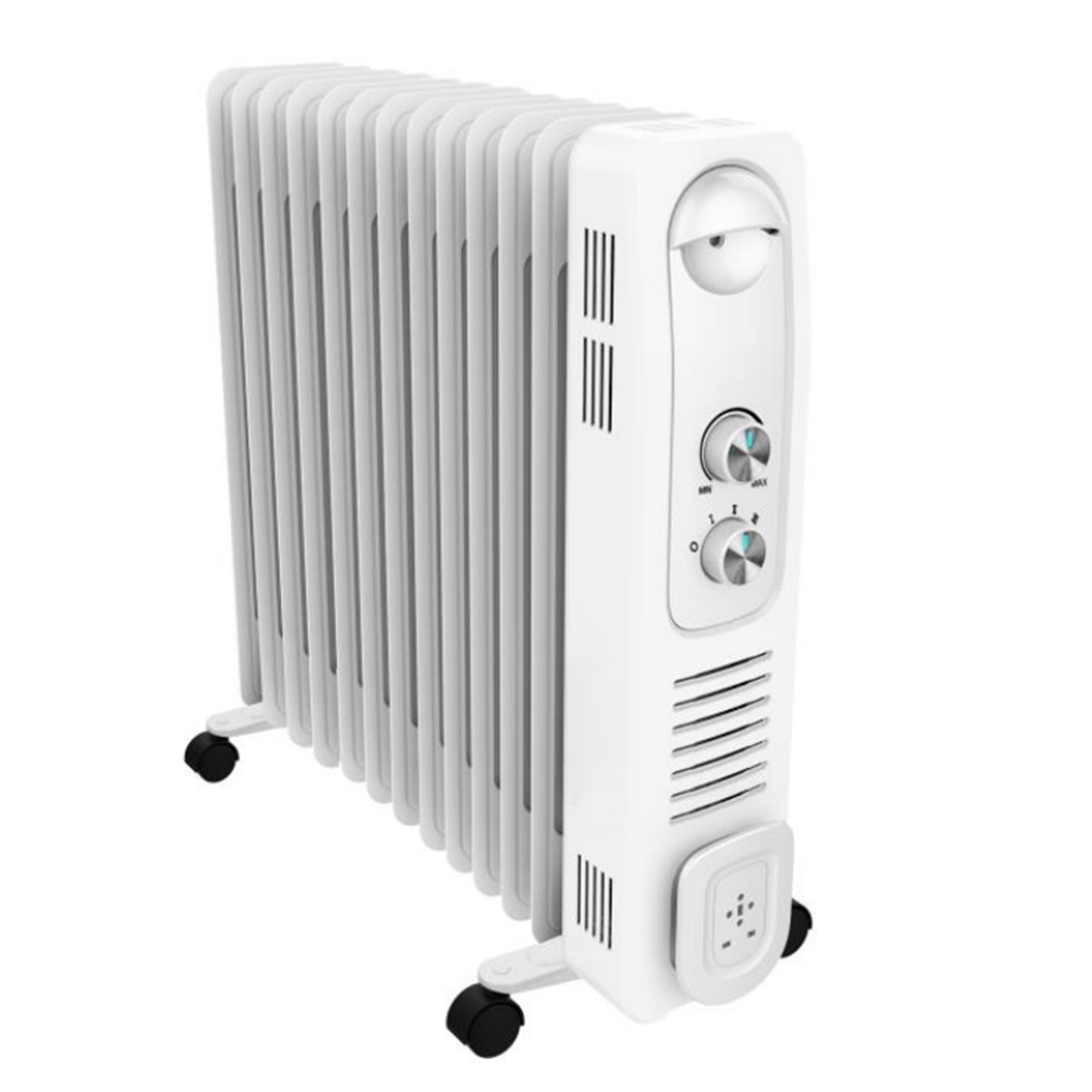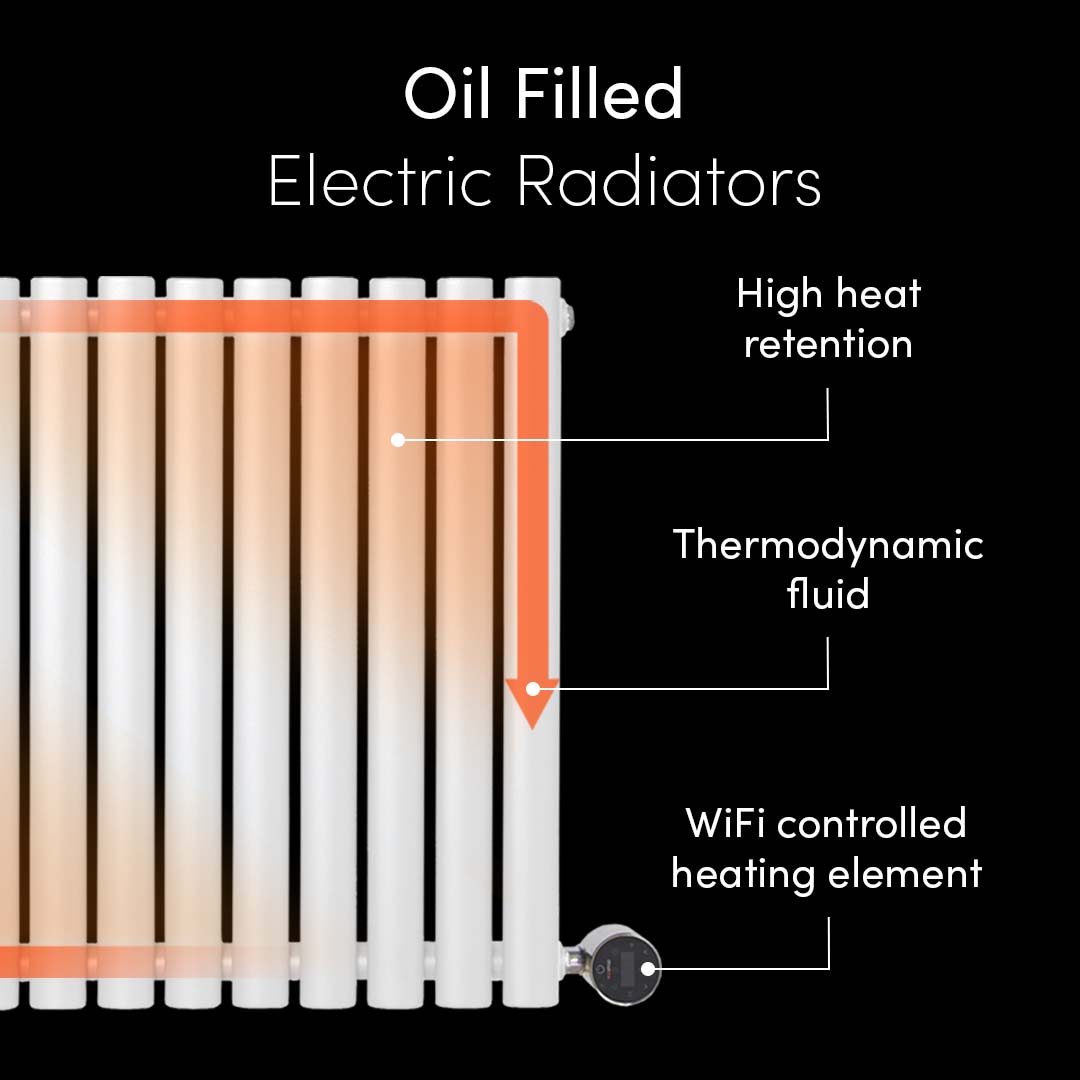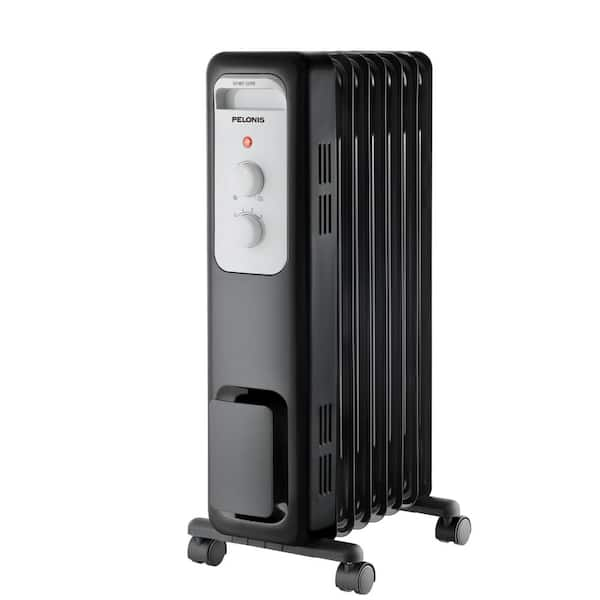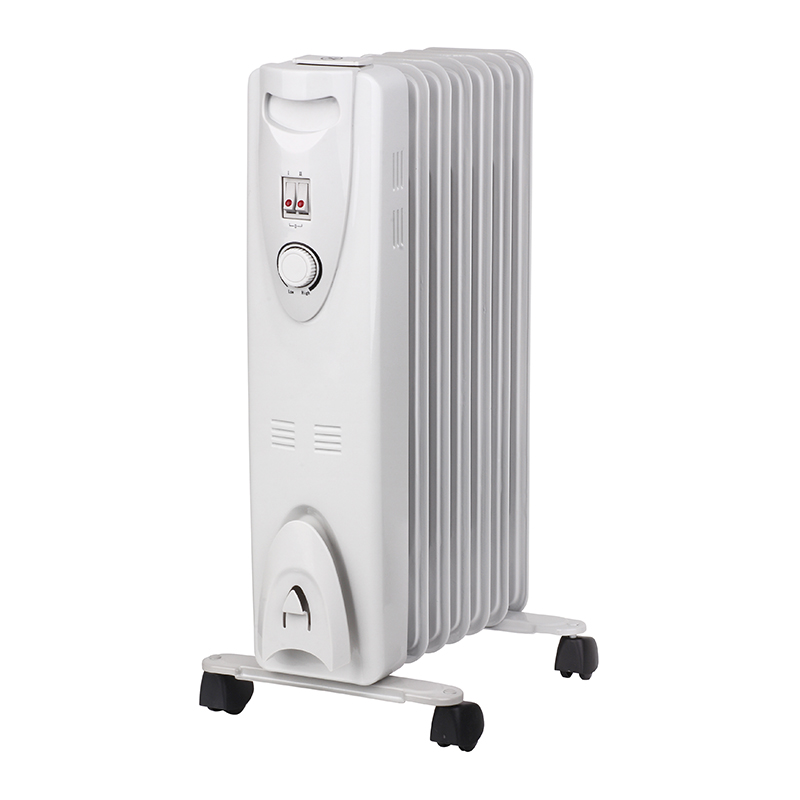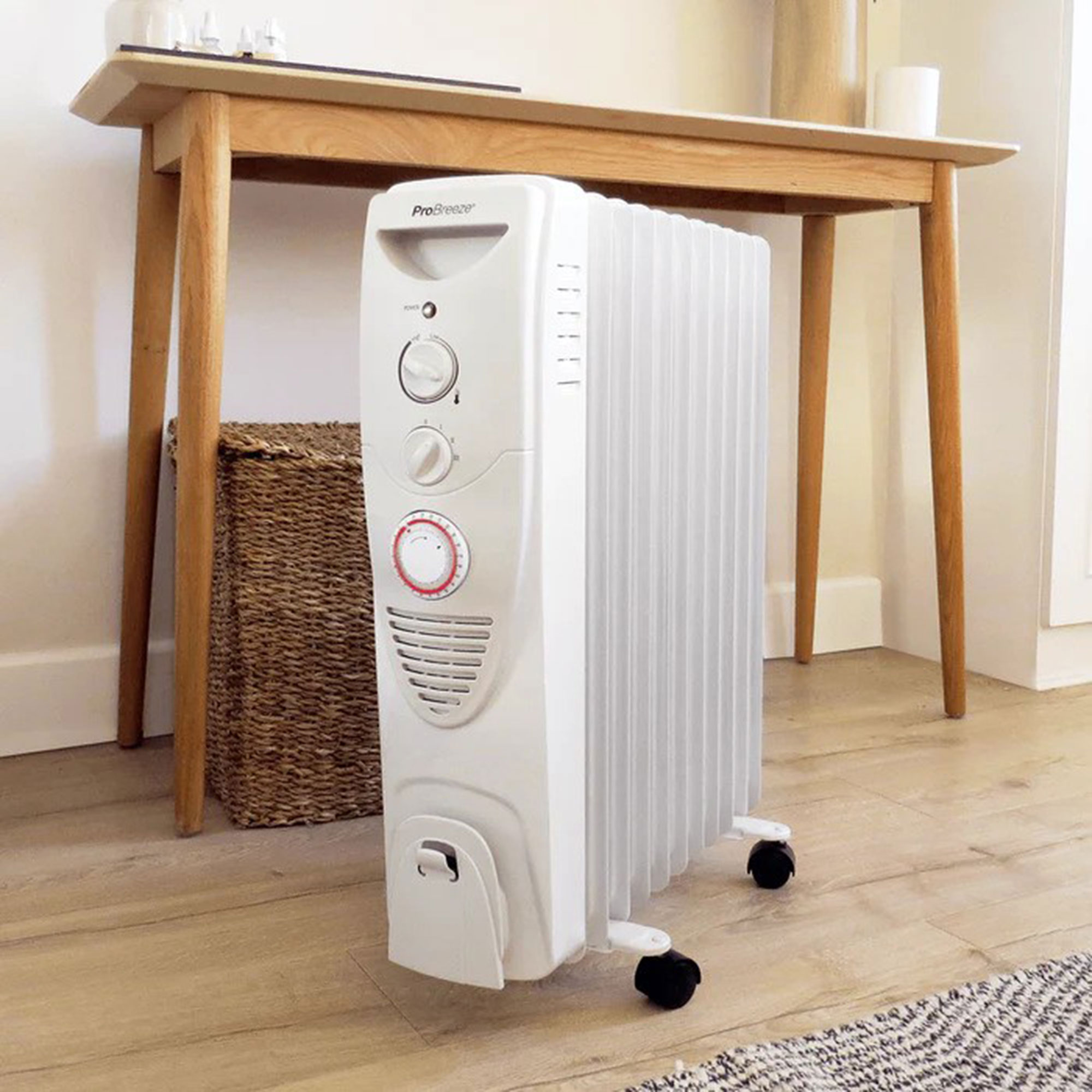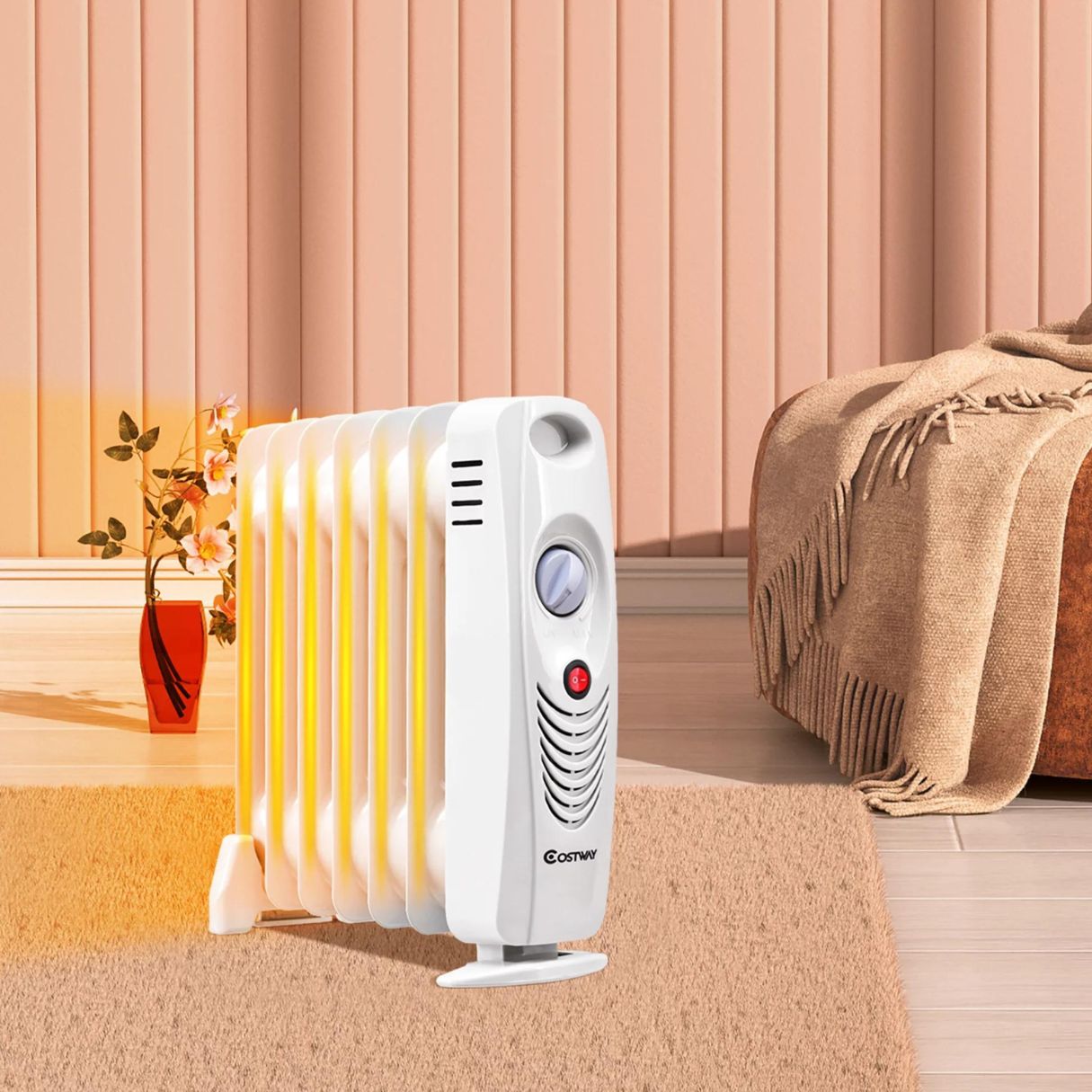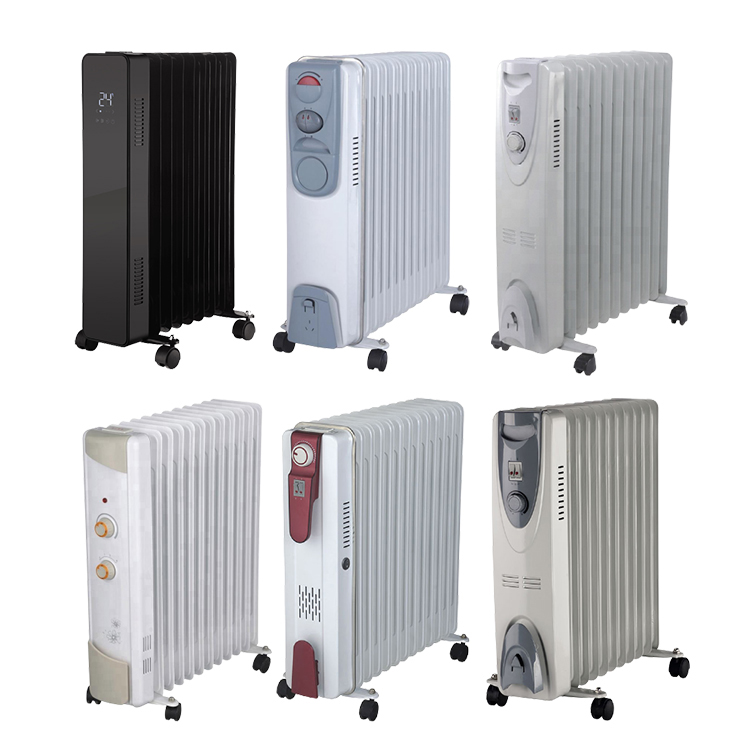What Is A Oil Filled Heater
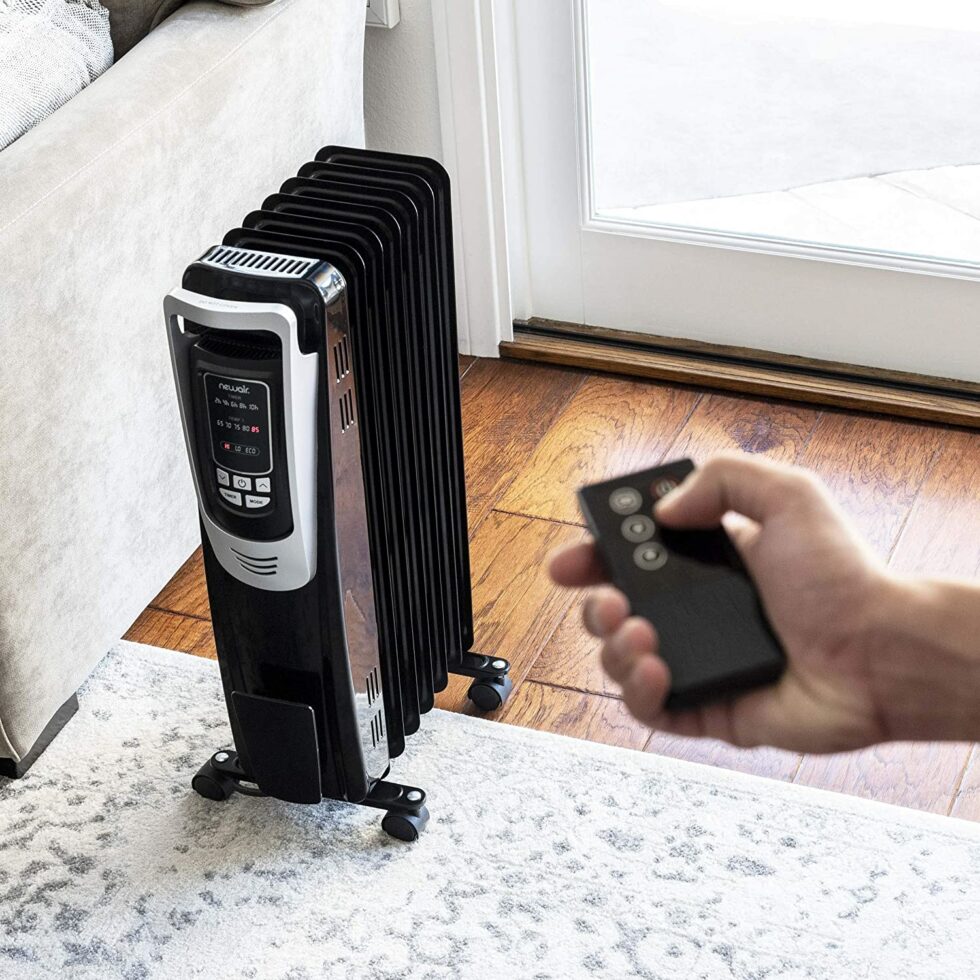
As winter's icy grip tightens, many scramble for effective and affordable heating solutions. Among the myriad of options, the oil-filled heater stands out for its quiet operation and perceived energy efficiency. But beneath the surface of its user-friendly design lies a complex mechanism that warrants careful examination to understand its true capabilities and limitations.
This article delves into the intricacies of oil-filled heaters, exploring their inner workings, advantages, disadvantages, and safety considerations. We will also assess their energy efficiency relative to other heating methods, providing readers with a comprehensive understanding to make informed decisions about their home heating needs.
What is an Oil-Filled Heater?
An oil-filled heater, also known as an oil-filled radiator, is a type of electric resistance heater. It works by heating oil contained within a sealed metal housing, typically resembling a traditional radiator. This heated oil then radiates warmth into the surrounding environment.
Unlike furnaces or forced-air systems, oil-filled heaters don't burn any fuel. They solely rely on electricity to generate heat, making them a potentially cleaner alternative for supplemental heating.
How It Works
The core component is an electric heating element immersed in a reservoir of diathermic oil. When plugged in and switched on, electricity flows through the element, causing it to heat up rapidly.
This heat is then transferred to the surrounding oil, raising its temperature. The heated oil circulates within the radiator's fins, radiating warmth into the room.
This circulation process is entirely natural, relying on convection currents as the hot oil rises and cooler oil sinks. No pump is involved, contributing to the heater's silent operation.
Advantages of Oil-Filled Heaters
Oil-filled heaters offer several compelling advantages, making them a popular choice for supplemental heating. Their quiet operation is a major draw for bedrooms and offices.
They also provide a more consistent and gentle heat compared to forced-air heaters. They minimize dust circulation, an important consideration for individuals with allergies.
Many models come equipped with adjustable thermostats, allowing users to maintain a desired room temperature. A built-in safety feature is also typical, like an automatic shutoff if the heater tips over.
Quiet Operation
Unlike fan-based heaters that produce a noticeable whirring sound, oil-filled heaters operate silently. The absence of moving parts eliminates noise pollution, making them ideal for noise-sensitive environments.
Consistent Heat
The thermal mass of the oil allows these heaters to retain heat for a considerable period even after being switched off. This provides a more gradual and consistent warmth, preventing rapid temperature fluctuations.
Safety Features
Modern oil-filled heaters incorporate various safety features, including tip-over switches that automatically shut off the unit if it's accidentally knocked over. Overheat protection is another common feature, preventing the heater from reaching dangerously high temperatures.
Disadvantages of Oil-Filled Heaters
Despite their merits, oil-filled heaters also have drawbacks. They take longer to heat up a room compared to fan-forced heaters.
They are also typically heavier and bulkier, making them less portable. Concerns about energy efficiency are frequently raised.
And while the oil is sealed, the potential for leaks, though rare, remains a concern.
Slower Heating Time
The initial warm-up period can be a significant disadvantage. It takes time for the oil to heat up and begin radiating warmth. This makes them less suitable for quickly heating a room on demand.
Portability
Their weight and size can make them difficult to move between rooms. While some models come with casters for easier mobility, they are still less portable than smaller, lighter heaters.
Energy Efficiency Concerns
Although oil-filled heaters offer consistent heat, their overall energy efficiency is often debated. They consume a significant amount of electricity to heat the oil initially.
However, they may use less electricity overall than other types of heaters because they radiate heat longer after being turned off. The Department of Energy offers resources for consumers to understand their energy use.
Safety Considerations
While oil-filled heaters are generally considered safe, precautions are necessary. Never cover the heater with clothing or other materials. This can cause overheating and pose a fire hazard.
Ensure the heater is placed on a level surface to prevent accidental tip-overs. Keep flammable materials away from the heater's vicinity.
Regularly inspect the power cord for damage and avoid using extension cords whenever possible.
Are Oil-Filled Heaters Energy Efficient?
The energy efficiency of oil-filled heaters is a complex topic. Oil-filled heaters are 100% efficient at converting electricity to heat. However, this doesn't mean they are the most cost effective way to heat a room.
They consume a significant amount of electricity, particularly during the initial heat-up phase. Their ability to retain heat longer than other types of heaters can potentially offset this initial energy consumption, making them more efficient over extended periods.
Whether an oil-filled heater is the most energy-efficient option depends on factors such as room size, insulation, and usage patterns. For instance, if you only need heat for a very short period of time, a radiant heater is more cost-effective.
The Future of Oil-Filled Heating
Despite the rise of newer heating technologies, oil-filled heaters continue to evolve. Manufacturers are incorporating smart features, such as Wi-Fi connectivity and remote control capabilities.
There is also a growing focus on improving energy efficiency through better insulation and more efficient heating elements. Materials science innovation might lead to oils with superior heat-retention capacity.
As energy costs continue to rise, the demand for efficient and affordable heating solutions will only intensify. Oil-filled heaters, with their silent operation and consistent warmth, are likely to remain a viable option for supplemental heating in the years to come, particularly with continued innovation and refinement.




